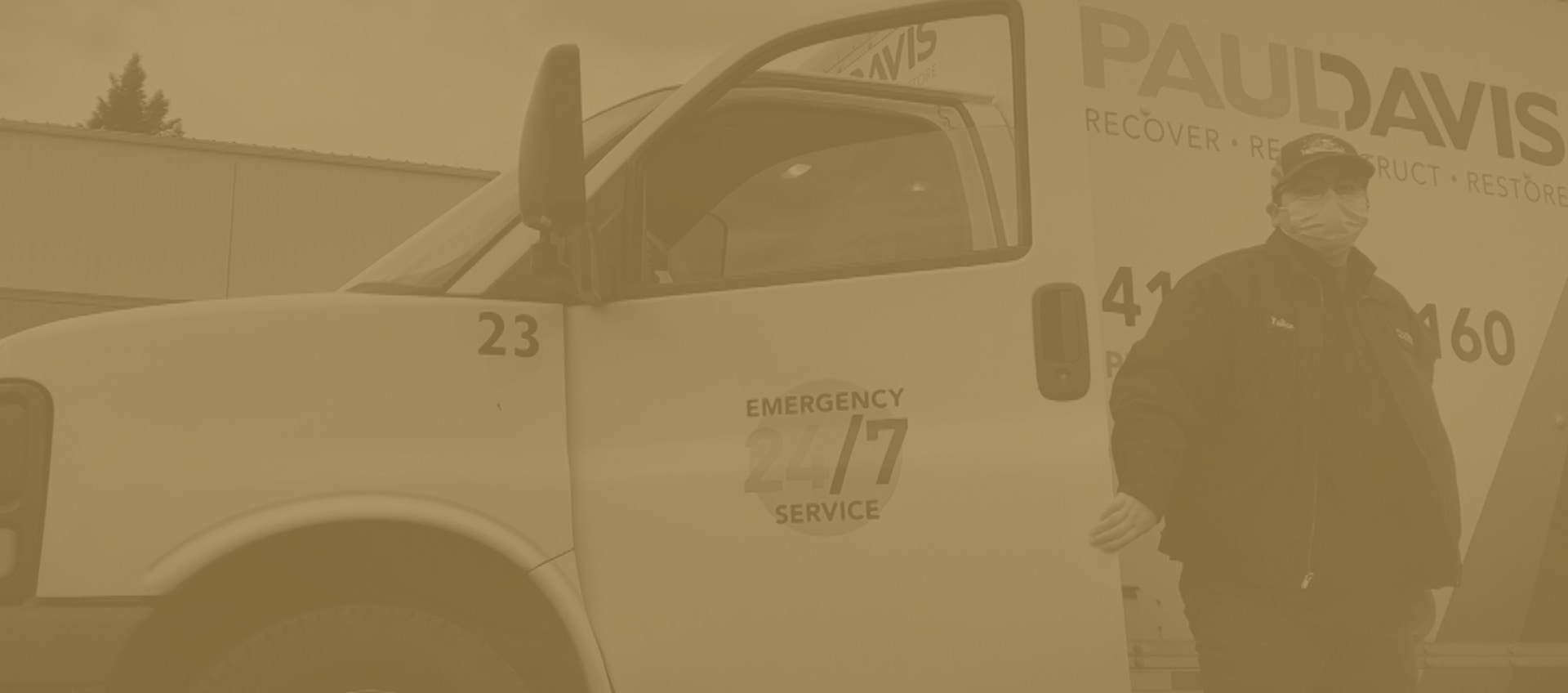Big storms can be frightening and dangerous, and safety has to be your first priority. If your area has seen a lot of damage, use caution. If you suspect structural damage or more flooding, don’t go inside. Spending a few nights at an emergency shelter or with a friend is a small thing compared to your health.
Once the storm has passed, it’s necessary to check out the impact and plan for remediation. Below, we’ve provided information about the harm different kinds of storms can cause and how to keep your property, and yourself, safe in different circumstances.
Insurance Coverage
Coverage varies based on your area, the specifics of your policy, the extent of damage and other factors.
Document the damage, keep a folder of receipts and call your insurance company and a storm damage restoration company.
Storm Damage Scenarios
- Flood Damage: Water from floods can ruin foundations, ruin framing and finish work, lead to mold proliferation and more.
- Tornado and Tropical Storm Damage: Circular wind storms can wreak havoc on your home or business, such as catastrophic damage to landscaping, siding and windows.
- Wind Damage: This can harm structures, destroy glass, wreak havoc on trees and electricity hookups and cause other problems.
- Hail Aftermath: This can bend and crack shingles and siding, leading to long-term leaks and compounding damage.
- Winter Storms: Heavy snow can cause collapsed roofs, lead to broken trees and electricity poles, and cause other harm.
Seek Out a Trusted Damage and Remediation Professional
It’s an absolute must to repair the damage as quickly as possible, but doing so can be dangerous. Before you try making repairs yourself, get your insurer and a contractor on board. Contact us for more information.



